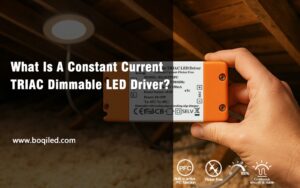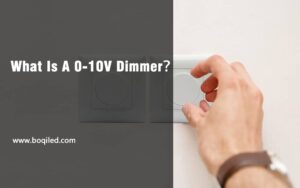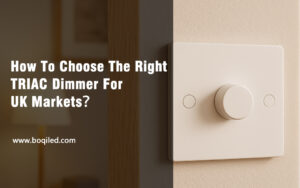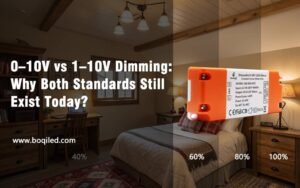In the world of lighting control, choosing the right dimming system can be overwhelming. Two popular methods—0-10V and PWM (Pulse Width Modulation)—are widely used, each with unique capabilities and best-use cases. This guide will break down the main differences, advantages, and scenarios where each method shines, helping you make an informed decision for your next project.
Understanding 0-10V and PWM Dimming
0-10V調光 と PWM dimming differ fundamentally in how they control lighting intensity. 0-10V調光 is an analog control system that adjusts brightness by varying voltage from 0 to 10 volts, resulting in a smoother, gradual change. PWM dimming, on the other hand, is digital and controls brightness by rapidly switching the light on and off at different intervals. The speed of this switching creates the perception of dimmed light.
In essence: 0-10V dimming provides analog control through voltage changes, while PWM modulates brightness through digital on-off cycles.
What Is the Difference Between PWM and TRIAC Dimming?
PWM and TRIAC (phase-cut) dimming systems are two different technologies, and each suits different applications. PWM is a digital dimming technique often used with LED lighting, while TRIAC dimming is an analog phase-cut method commonly applied in traditional incandescent dimmers.
- PWM調光: Works by rapidly cycling the LED light on and off, with the brightness determined by the duration of the “on” state. This non-linear approach suits LEDs but may require a compatible driver.
- TRIAC調光: Adjusts the AC waveform to control power delivery. Typically used for incandescent or halogen bulbs, TRIAC dimming requires a トライアック調光器 but may cause flickering with LEDs due to incompatibility.
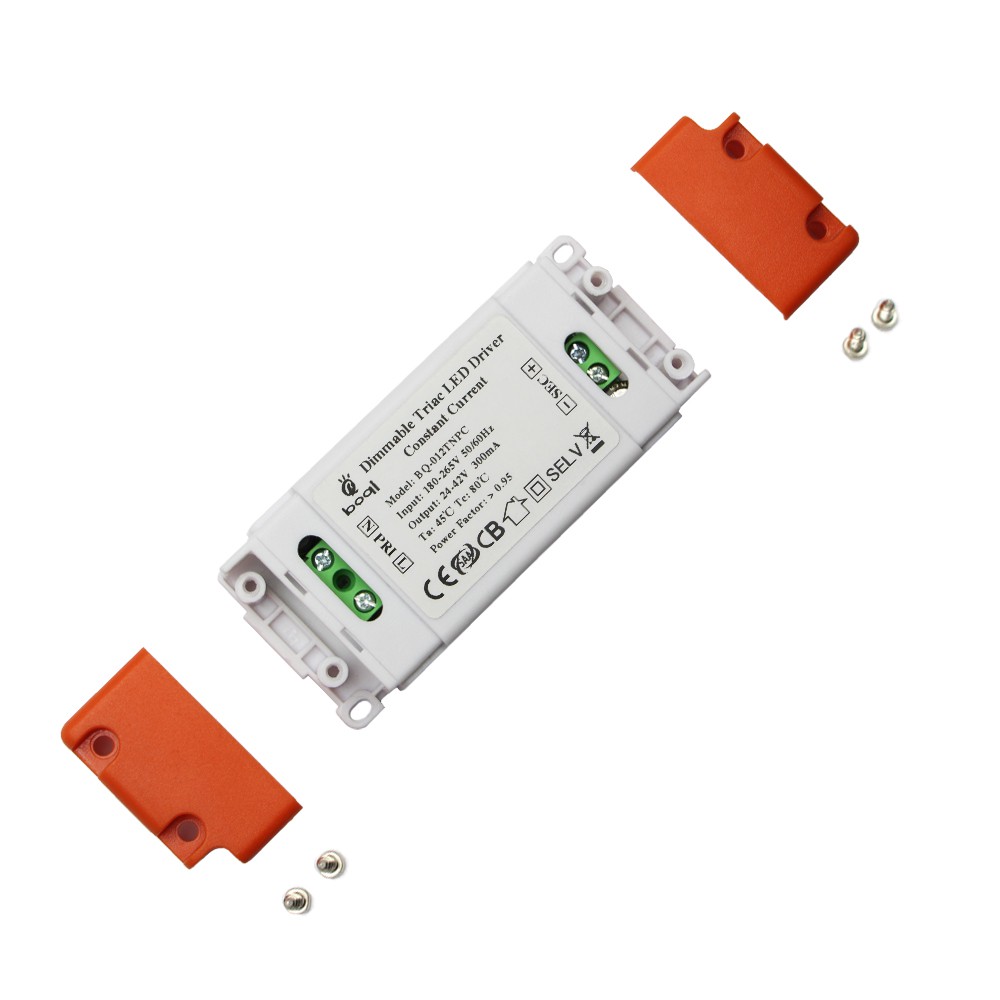
For LED setups, PWM offers greater compatibility, while TRIAC works best with older lighting technologies.
Is PWM the Same as Phase Dimming?
No, PWM dimming is distinct from phase dimming. While both are used in lighting control, they employ different principles.
- Phase Dimming: Often achieved through TRIAC, phase dimming involves cutting portions of the AC power wave to adjust brightness. This method works with many traditional bulbs but has limited compatibility with LEDs.
- PWM調光: PWM dimming is a digital approach, switching LEDs on and off at high speeds. It’s ideal for LED lights as it allows for smooth dimming without voltage fluctuations.
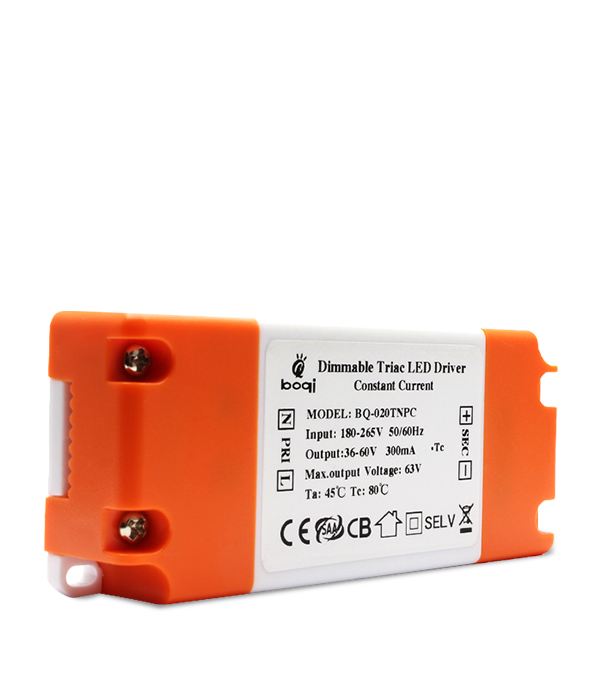
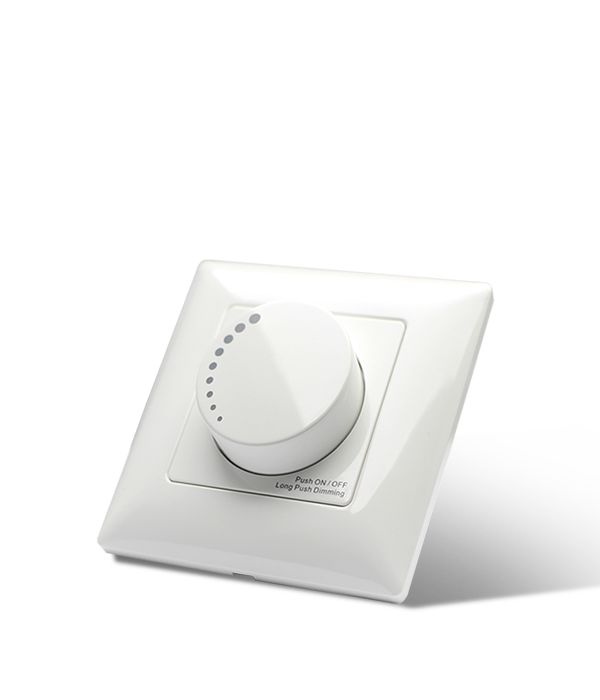
In summary, PWM and phase dimming are not the same. PWM is generally more suitable for digital lighting systems, while phase dimming is used for legacy bulbs with AC control.
What Is the Difference Between PWM and Current Dimming for LED Lights?
PWM and current dimming use different methods to reduce LED brightness, each with unique effects.
- PWM調光: Achieves dimming by turning the LED on and off at high speeds, creating the appearance of lower light output. This approach maintains consistent color quality but may introduce flicker if not properly calibrated.
- Current Dimming (or Constant Current Reduction): Reduces brightness by lowering the current flowing through the LED. Unlike PWM, the LED remains steadily on but at a reduced brightness. This method avoids flickering but can sometimes lead to color shifts at lower brightness levels.
PWM’s high-speed switching gives it an edge in terms of compatibility with most LEDs, while constant current reduction provides more stable lighting without flicker.
What Is the Difference Between 0-10V Dimming and Phase Dimming?
Both 0-10V and phase dimming control brightness, but they operate using entirely different mechanisms:
- 0-10V調光: Uses a low-voltage signal to adjust light intensity, typically from 0 volts (off) to 10 volts (full brightness). The smooth analog control is well-suited for commercial applications like office spaces.
- Phase Dimming: Modifies the AC power waveform to adjust brightness. Used commonly in residential settings, phase dimming can sometimes cause compatibility issues with modern LED fixtures.
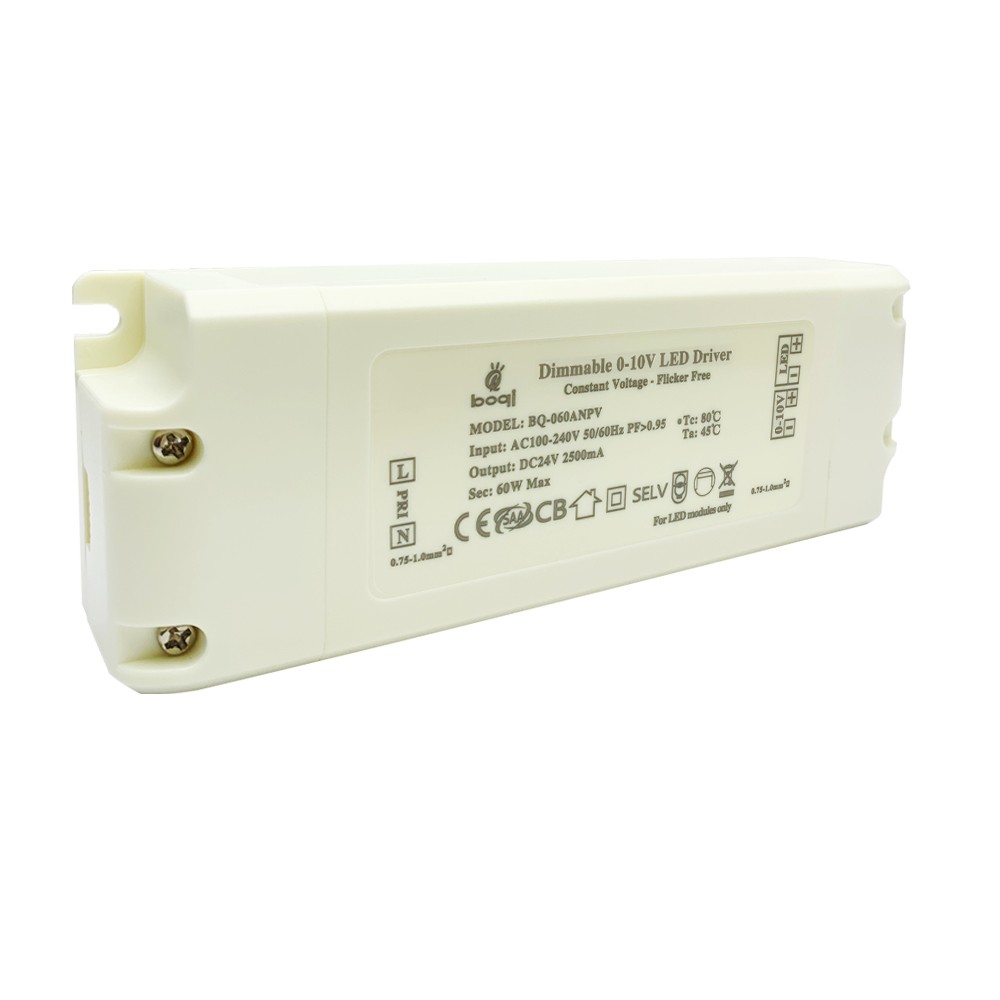
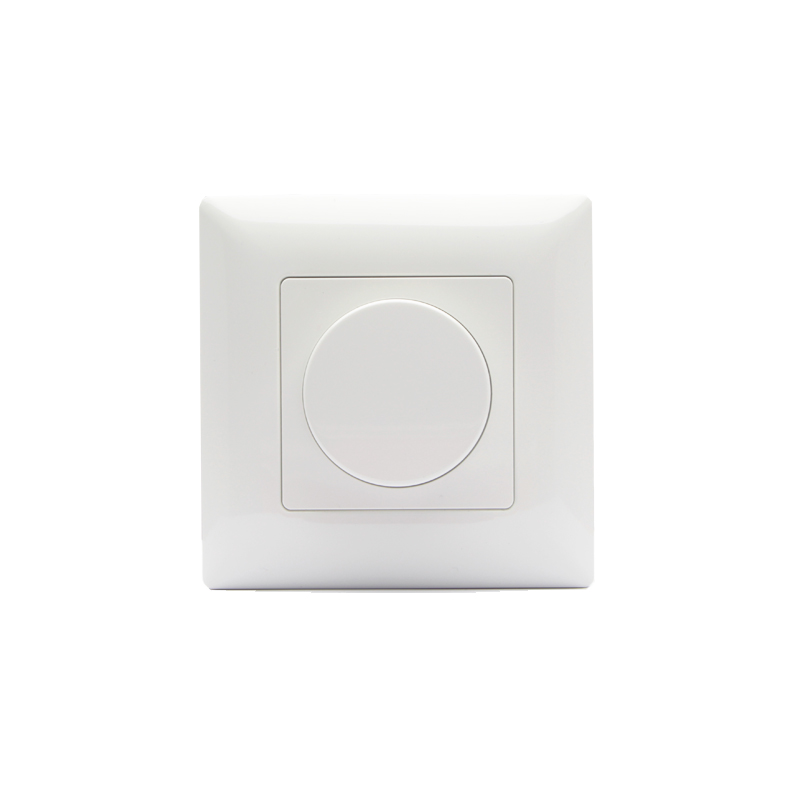
In short, 0-10V provides a linear, low-voltage control suitable for precise lighting adjustments, while phase dimming is more traditional and can be limited in its compatibility with LED lights.
Energy Efficiency Comparisons: 0-10V vs. PWM
When it comes to energy efficiency, both 0-10V and PWM dimming have unique benefits:
- 0-10V Efficiency: This analog control is energy-efficient and works particularly well in settings where precise lighting is essential, such as in offices or retail environments.
- PWM Efficiency: PWM’s rapid on-off switching minimizes wasted power and offers flexibility in energy savings. By controlling the duration of power delivery, PWM dimming can reduce overall energy consumption, making it ideal for LED lighting setups.
For maximizing energy savings, PWM dimming may be slightly more efficient with LEDs, while 0-10V provides steady efficiency for analog lighting controls.
Suitability for Newcomers and Ease of Use
Beginners and lighting enthusiasts often find themselves choosing between 0-10V and PWM based on ease of use and control.
- 0~10V: Generally easier to set up with simpler wiring and is widely compatible with commercial lighting systems.
- PWM: Can be more complex to configure due to the need for compatible LED drivers, but it offers finer control over light output.
For ease of use, 0-10V調光 is often preferred in commercial applications, while PWM dimming provides more control but may require advanced setup knowledge.
Summary: Choosing the Right Dimming Method
Choosing between 0-10V and PWM dimming depends on your specific lighting needs. 0-10V調光 offers straightforward, analog control, ideal for commercial settings requiring consistent brightness. PWM dimming provides greater flexibility, precise control, and energy efficiency, making it suitable for LED installations and applications where fine-tuned lighting control is essential.
For most LED setups, PWM might be the preferred choice, while 0-10V is a solid option for standard analog lighting systems.



